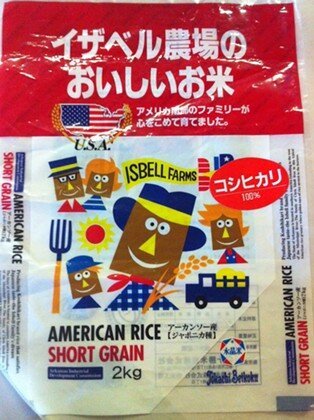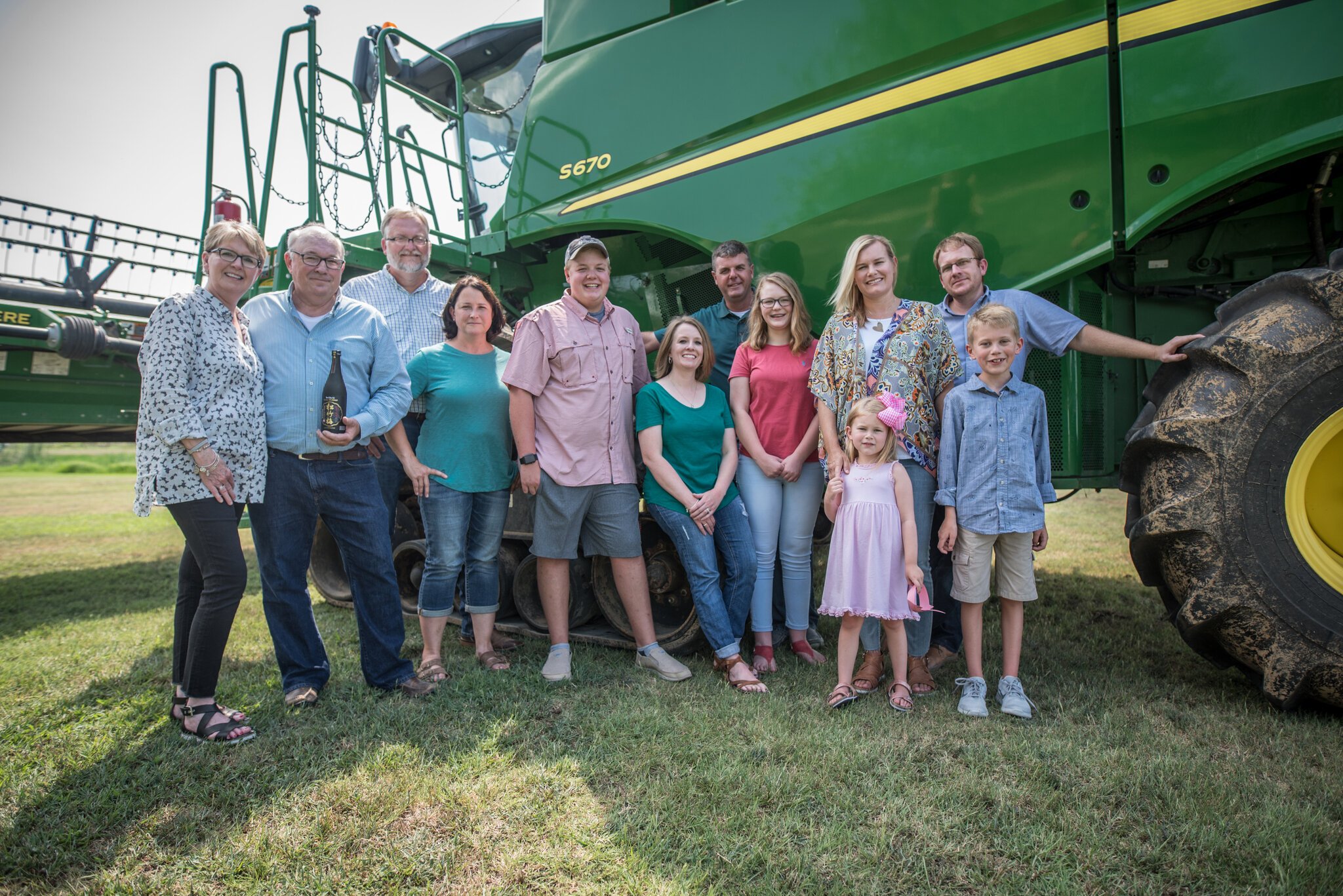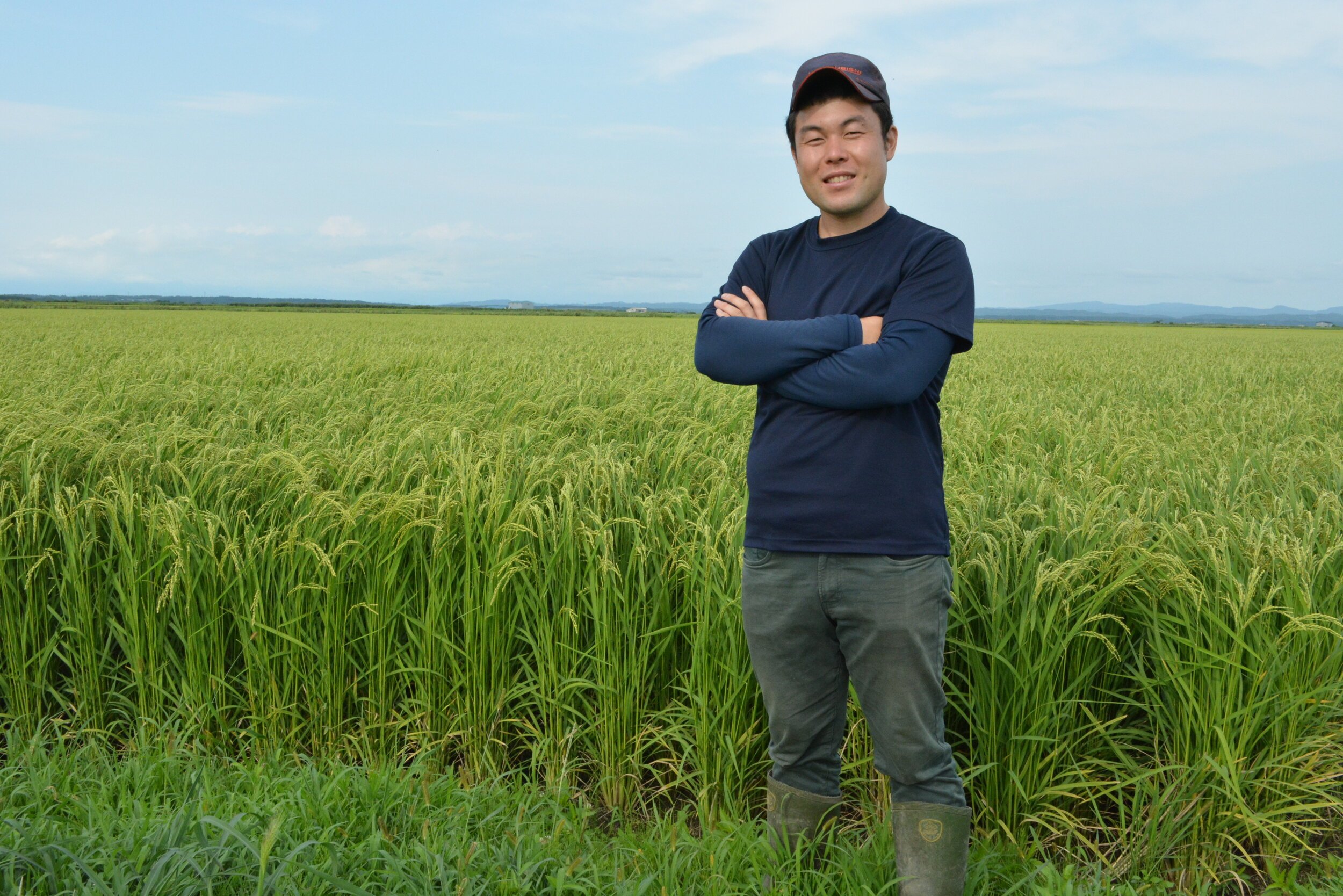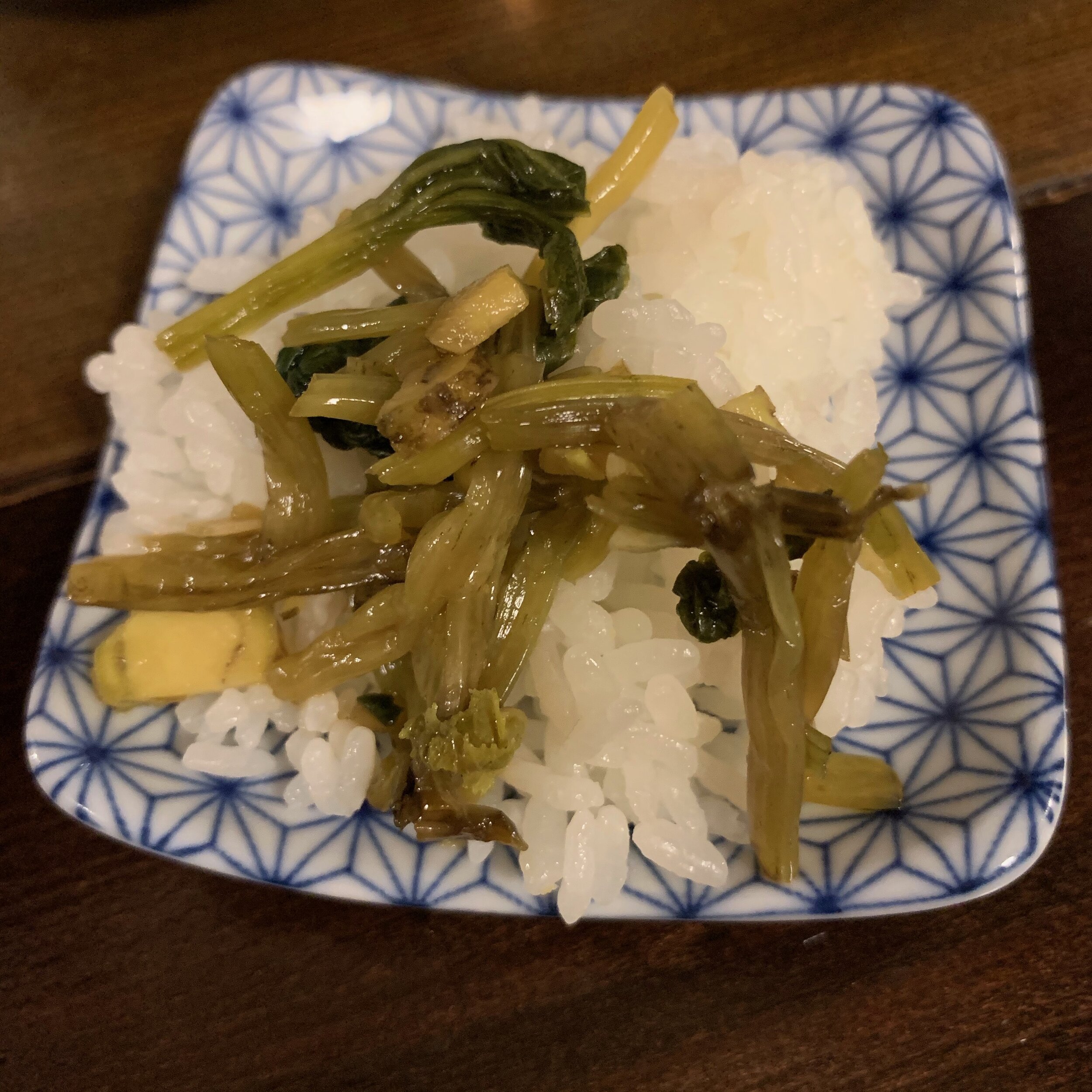Rice, Water, Earth: Notes on Sake
These posts are the continuation of my thoughts and reporting on sake for the James Beard award-winning Exploring the World of Japanese Craft Sake, which I co-wrote with sake sommelier and Sake Samurai Michael Tremblay.

Kikuchi Brewery and the Kimura Method of Natural Rice Farming
Kimura’s method is “beyond organic,” using no chemical or organic fertilizers, no pesticides, and no compost. Instead plant life is nourished by harnessing beneficial soil microbes that work in concert with local insect, animal and bird life. Kimura believes that too often plants are overfed when everything they need to thrive exists in the natural environment.

Arkansan Chris Isbell: America's Pioneering Premium Sake Rice Farmer, Part II
The early 1990s were the celebrity years for Isbell and his farm. He counted a total of 100 articles written about him and his Koshihikari rice in the Japanese press, which in turn brought Japanese tourists by the Greyhound bus load…. A film crew from Japanese broadcaster NHK embedded at the farm for a year to make a 90-minute documentary on him.

Arkansan Chris Isbell: America's Pioneering Premium Sake Rice Farmer
Chris Isbell, a third-generation family farmer in Central Arkansas, grows some of America’s best sake rice.

Noujou: Akita Prefecture's Farmer-Led Sake Project
What could be better than a pairing in which both the sake rice and the starring vegetable were cultivated on the same land, by the same farmer?

Sake Rice: Can You Really Eat It?
In general, people don’t eat sake sakamai (酒米), or sake rice….Since it’s both less appealing to Japanese palates and more expensive, you typically don’t see restaurants or home cooks serving dishes that feature sake rice. At least not until recently.

